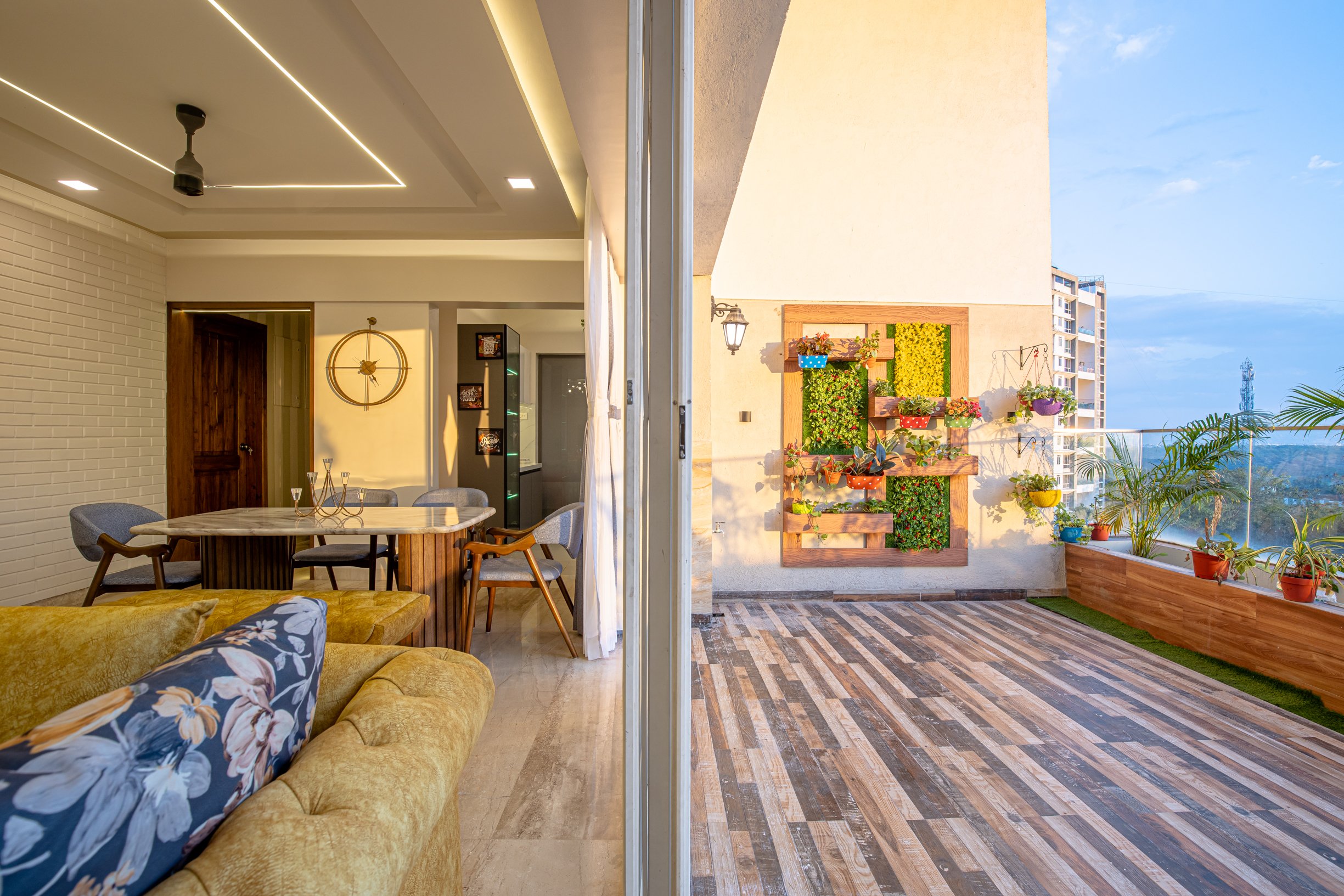Preparing Rooms for Interior Photography
Parthavi Yadav Studios Interior Photography
Preparing a room for interior photography involves decluttering, arranging furniture strategically, and considering the overall aesthetic appeal among many, many other things. Mainly, we tend to pay attention to details such as symmetry, balance, and focal points to create visually appealing compositions that draw viewers in.
Interior Photography
Choosing the Best Camera Settings
Selecting the right camera settings is crucial for capturing sharp, well-exposed interior photos. Experiment with aperture, shutter speed, and ISO to achieve the desired depth of field and exposure. Consider using a tripod to ensure stability and minimize camera shake in low-light conditions.
Interior photography tips
Making Small Spaces Look Larger in Photos
Photographing small spaces can be challenging, but with the right techniques, you can make them appear larger and more spacious in photos. Use wide-angle lenses to capture a broader field of view, position yourself strategically to emphasize depth, and utilize natural light to brighten up the space. It is equally important to ensure that the spaces still look close what it would look to the naked eye, so being aware of the distortion with wide-angle lenses is crucial.
Interior photography techniques
Exploring Common Lighting Techniques for Interiors
Lighting plays a crucial role in interior photography techniques, setting the mood and enhancing the ambiance of a space. Experiment with different lighting techniques such as natural light, artificial light, and mixed lighting to create dynamic and visually compelling compositions.
Interior photography lighting
Capturing the Ambiance of a Room in Photos
Capturing the ambiance of a room requires more than just proper lighting and composition; it involves conveying the atmosphere and emotions evoked by the space. Pay attention to details such as colors, textures, and decor elements to create a sense of warmth, comfort, or luxury in your interior photos. At Studios, our goal is always to tell the story of a space. So we ask ourselves how the details, the decisions of the designers and occupiers of the space, and the photographic elements, enhance the storytelling aspect of a given space.
Interior Photography by Parthavi Yadav Studios
Conclusion:
Mastering interior photography requires a combination of technical expertise, creative vision, and attention to detail. By implementing the techniques and tips outlined in this guide, you can unlock the secrets to capturing stunning architectural spaces that resonate with viewers. Whether you're photographing spacious interiors or intimate spaces, remember to embrace creativity, experiment with lighting, and showcase the unique character of each space. Happy shooting!






